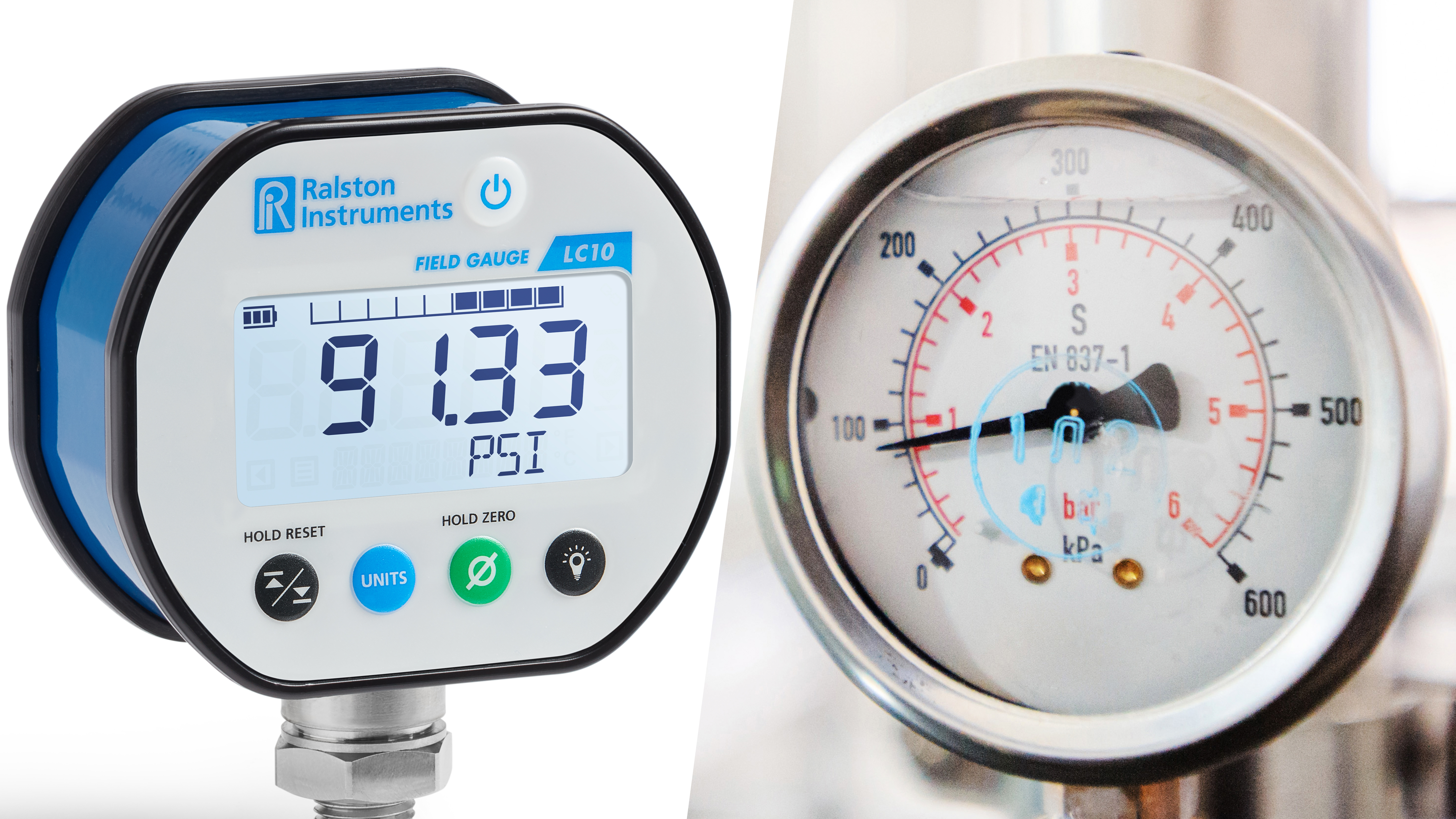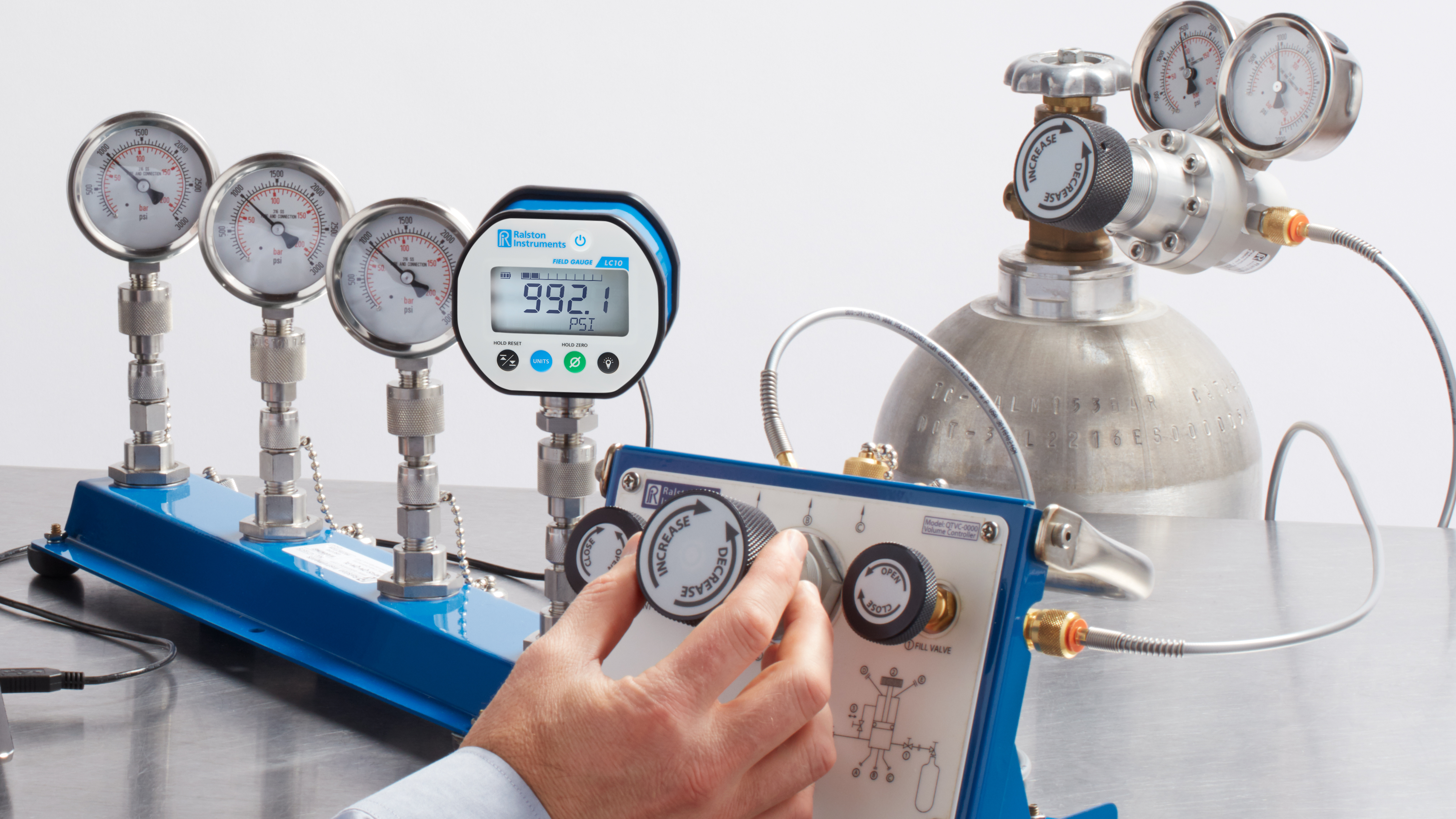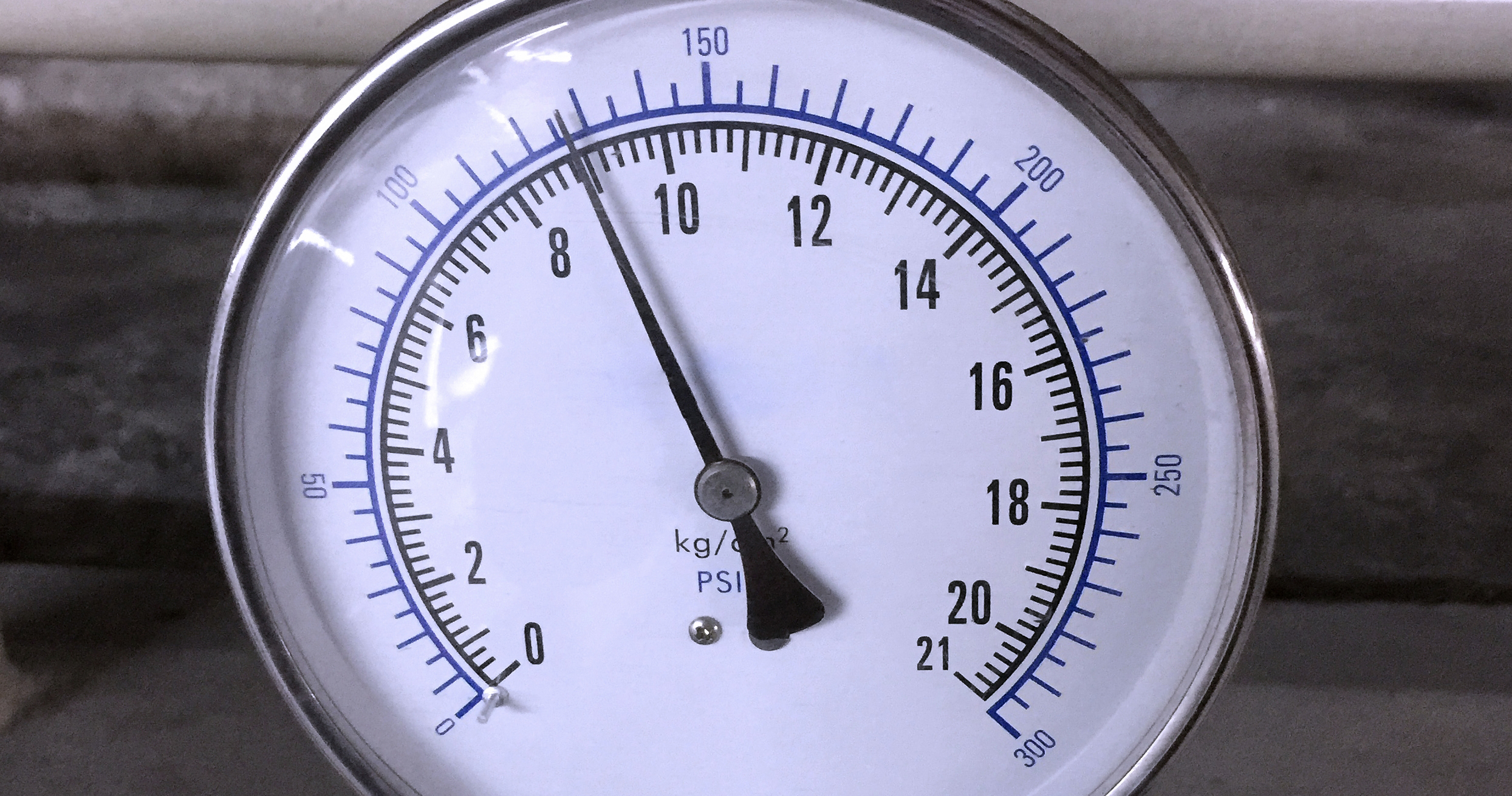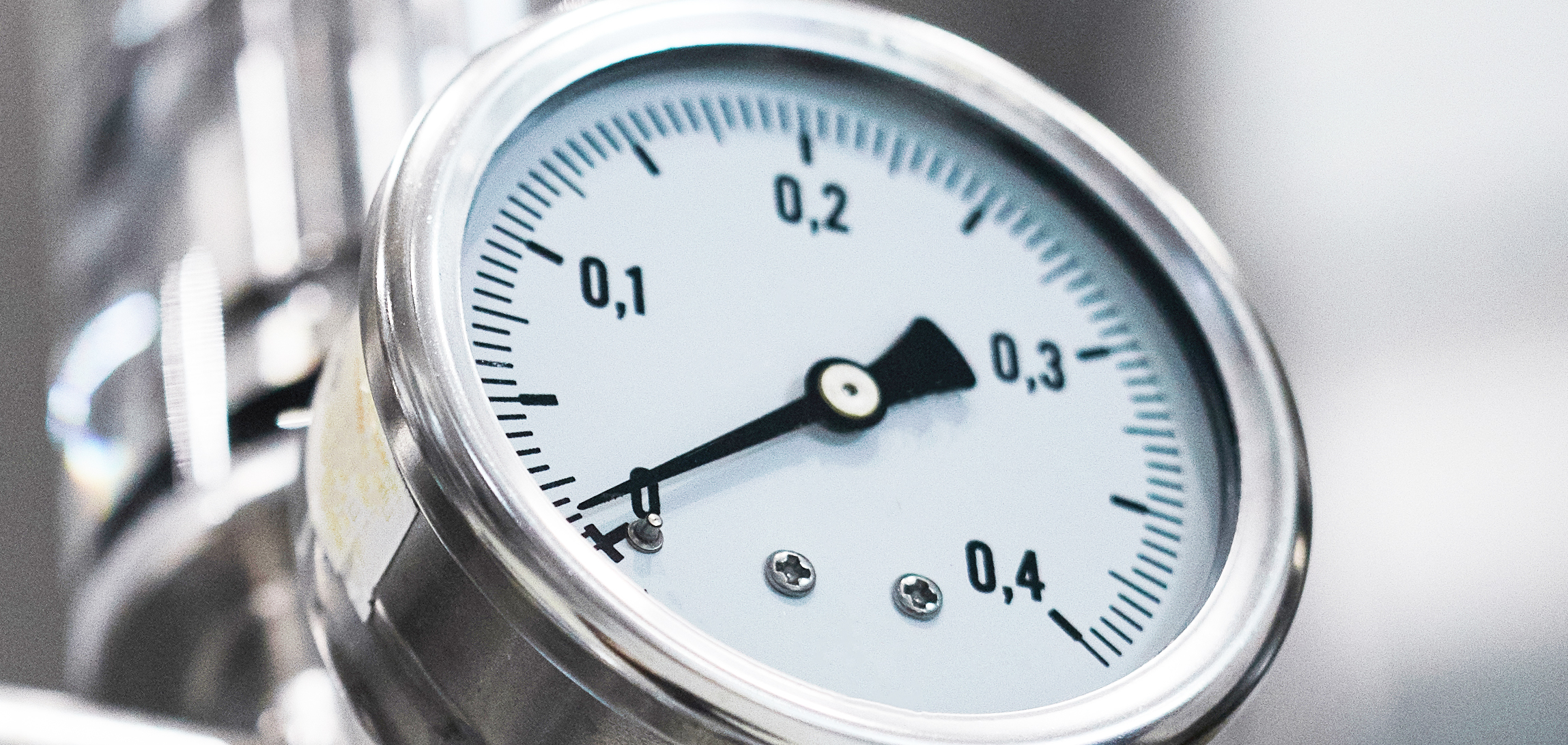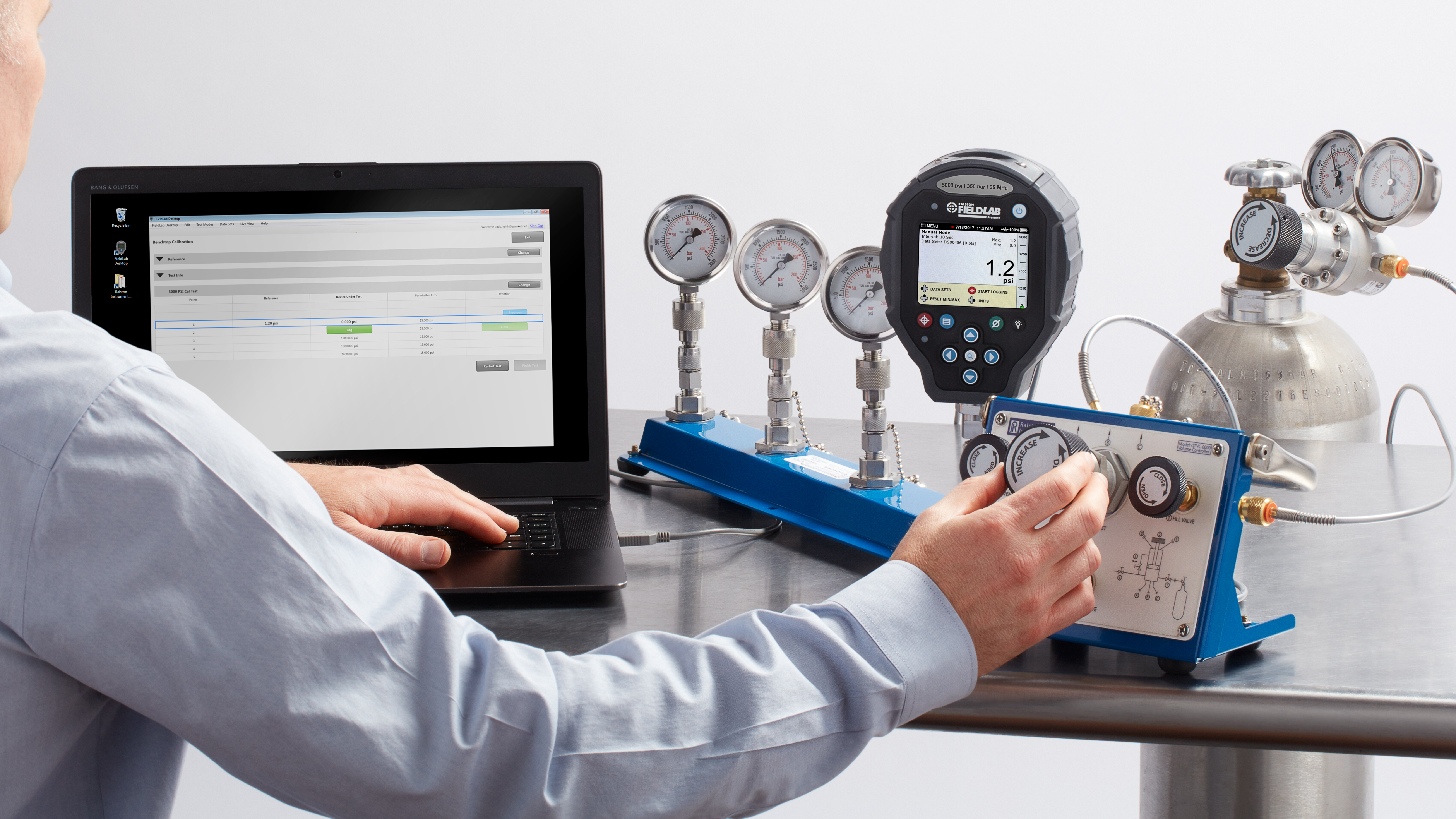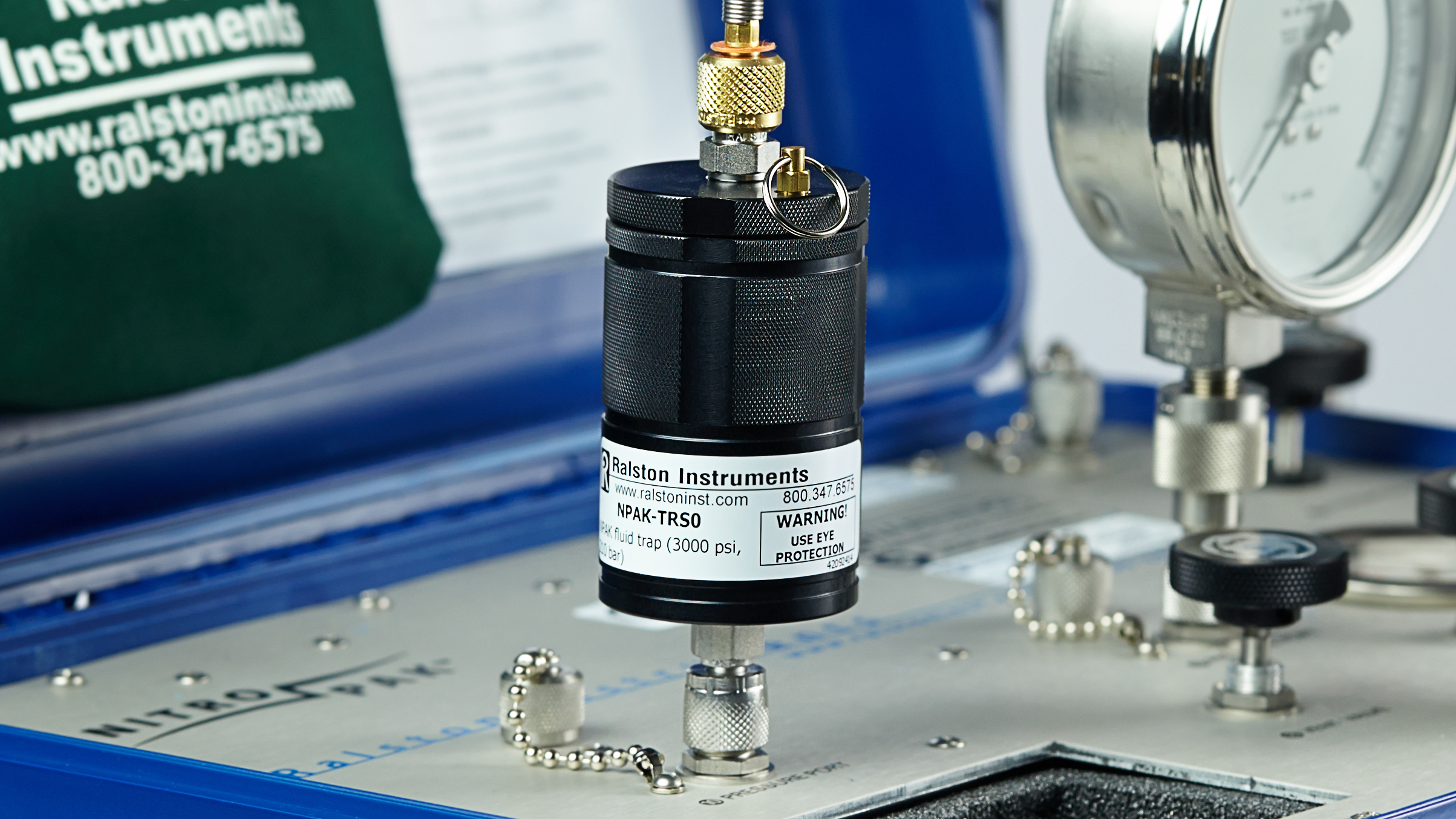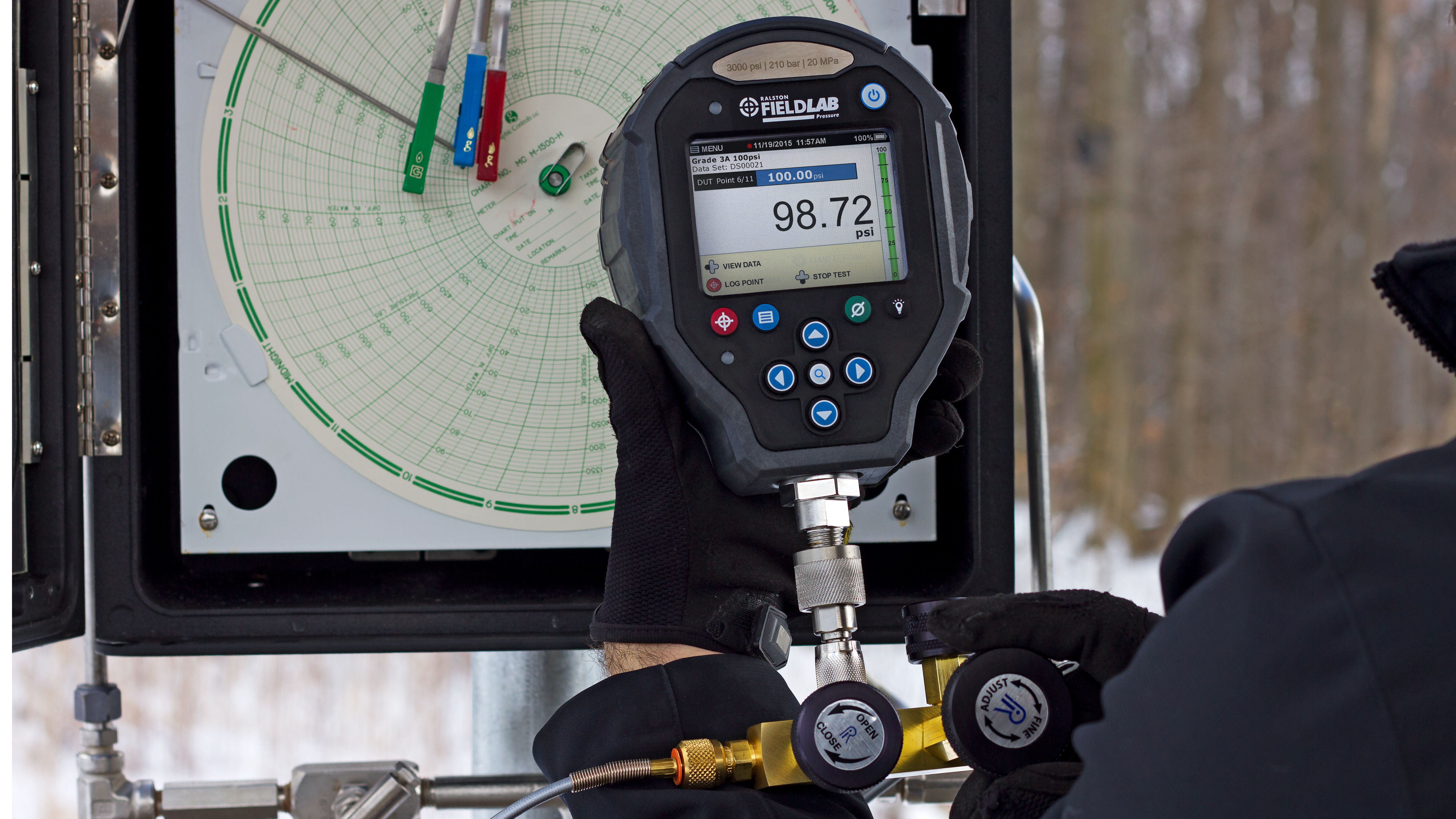Analog pressure gauges are very common in industrial installations — they’ve been around for over 170 years. There are several reasons for analog pressure gauges’ popularity, including that they are relatively inexpensive, they don’t require electricity, and they can be readily used outdoors and in hazardous locations. In particular, they can be well suited for less critical applications that may only need pressure readings at infrequent time intervals.
But how pressure gauges are now used is quickly evolving as industrial processes become more sophisticated, more precise, and more demanding. The following article helps you compare analog vs. digital pressure gauges for your application’s specific needs.
How Analog & Digital Pressure Gauges Work
As you consider your application, it’s good to understand the basic technologies of both types of pressure gauges.
Analog or “mechanical” pressure gauges (also called “pressure meters”) all rely on precision mechanical linkages. The most common analog pressure gauge technology uses a Bourdon tube (invented in 1849), where pressure moves — slightly uncoils — a curved tube. The Bourdon tube is, in turn, connected to a series of linkages, gears, and a hairspring that moves the gauge’s dial (pointer). The other two analog gauge sensing technologies — diaphragm (aka “membrane”) and bellows — also depend on very precise mechanical linkages.
With digital pressure gauges, there are no moving parts. A sensor measures pressure variations and converts them into proportional electrical signals. An integrated microprocessor then converts those electrical signals into numeric values, which are shown on the gauge’s digital display.
Laboratory Accuracy vs. Real-World, In-The-Field Accuracy
As most pressure gauge users already know, “accuracy” is not always a simple comparison of percentages. There are different types of accuracy specifications: percentage “of full scale,” percentage “of reading,” combined percentage “of reading” and percentage of “full scale,” and percentage “of span.” One type of accuracy isn’t better than another; it comes down to how the gauge will be used over an anticipated range of pressures.
But if we’re comparing, for example, two pressure gauges — one analog and one digital — with the same laboratory accuracy specifications (say, 0.1% of full scale) and the same pressure ranges (e.g., 0 to 1000 psi), then we can meaningfully compare how the two technologies differ when used in the field. For example:
